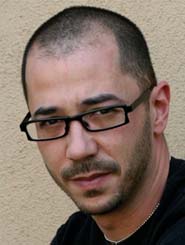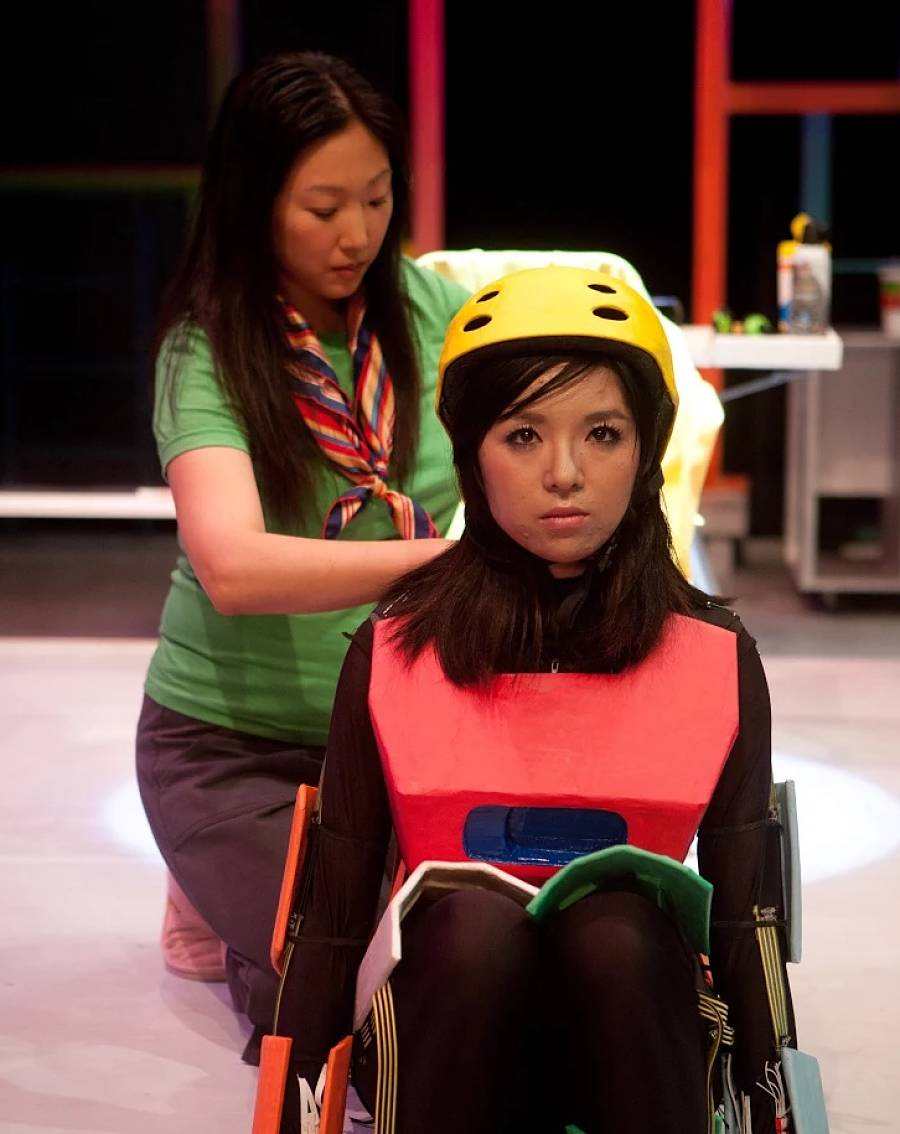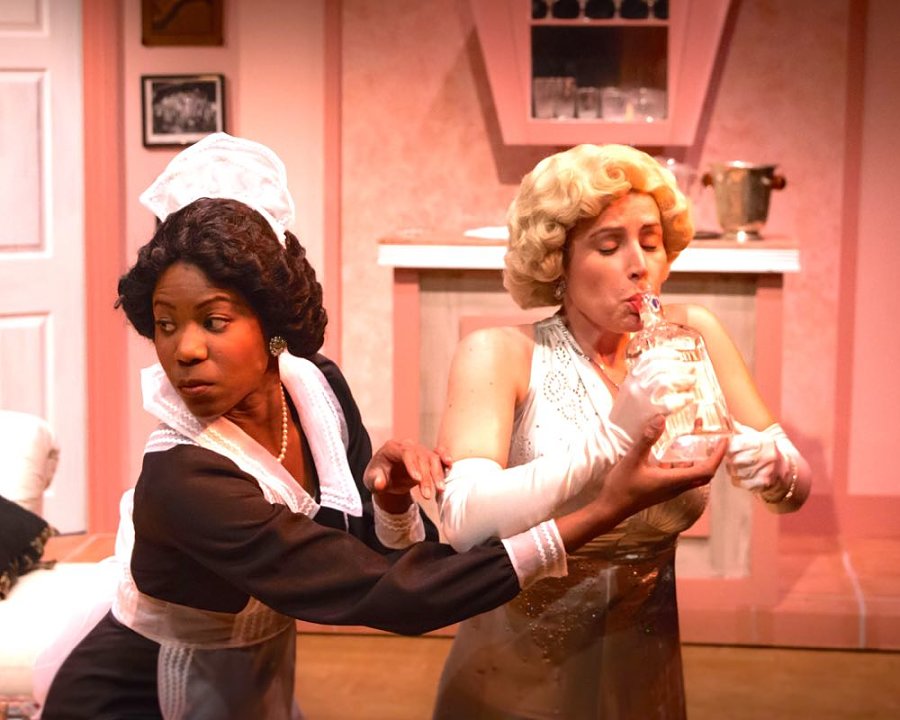LONG BEACH, CALIF.: Just south of the bustling hub of downtown Los Angeles is the coastal city of Long Beach, boasting its own lively downtown as well as several theatres and performance spaces. Long Beach Playhouse has been a cornerstone of the theatre scene in the International City since 1929. With a 200-seat thrust stage and a 98-seat proscenium stage, the company produces 13 shows annually, including classic musicals, staged readings and experimental works. For many years the Playhouse produced its studio shows under the L.A. Equity 99-Seat Plan, but after the union announced recent changes to that plan, the Playhouse became the first theatre to officially opt out of the plan and go entirely non-union.
We spoke via email to executive and producing director Andrew Vonderschmitt about the theatre’s history, eclectic season selections and diverse audiences.
Who founded Long Beach Playhouse, when, and why?
Lorraine Miller and actress Leonie Pray, director and actor Elias Day, and actor and U.S. Congressman Byron Scott, members of the Wayside Artist Colony, first formed the Long Beach Playhouse in 1929 to serve the community. There were no other theatres in Long Beach at the time.

Tell us about yourself and your connection to the theatre.
I am an avid believer in community theatre and theatre in general. I came to the Playhouse as technical director in 2007 and now serve as executive and producing artistic director.
What sets your theatre apart from others in your region?
We have a schedule unmatched in the region: 8 productions on the mainstage and 5 in the studio. On top of that, we host a collaborative season every year which invites outside companies and artists to produce their own shows. We have long been known as the professional-quality community theatre.
Who is your audience?
With two stages, we have the chance to offer very diverse fare. We like to think that all of Long Beach and the surrounding communities are our audience. You can find something for everyone in our year-round production schedule.
Tell us about your favorite theatre institution other than your own, and why you admire it.
I can’t single out just one. Long Beach has a varied theatrical landscape. From independent theatre like the Garage to professional companies like International City Theatre and Musical Theatre West, we have a lot to choose from. I admire the tenacity of all our partner theaters and the wide range of offerings to suit any theatrical palate.

How do you pick the plays you put on your stage?
I don’t like to use a set formula. The biggest thing when picking a season is to have a balanced meal. Shows like Death of a Salesman bring meat to the table, while Murder on the Nile or Little Shop bring dessert. I like to try to reflect my patrons whenever we can and offer something out of the comfort zone within a single season. If we only served cake, no one would come to us for sustenance.
What’s your annual budget, and how many artists do you employ each season?
Roughly $500,000. We employ (and pay a small stipend to) about 50-75 designers, directors and technicians annually.
What show are you working on now? Anything else in your season that you’re especially looking forward to?
Lots of stuff! We just opened Bengal Tiger at the Baghdad Zoo in the studio and are about to open Death of a Salesman on the mainstage. We just also cast Jesus Christ Superstar, which will go up this summer—just to name a few!

Strangest or funniest thing you’ve ever seen (or put) on your stage?
Big question! Hmm, I directed and adapted a production of The Satyr Play by Euripides, The Cyclops, in which we told the entire Odyssey with shadow puppets. That was hilarious. Among the strangest would be the head castings we did for Lieutenant of Inishmore; not only did we employ six different types of, and up to five gallons of, stage blood—we used three separate castings of the actors. These castings still, to this day, make their way to our stage.
What are you doing when you’re not doing theatre?
Is “sleeping” a fair answer? I spend time with the wife, riding bikes and gardening. I also weld art pieces in my garage.
What does theatre—not just your theatre, but the American or world theatre—look like in, say, 20 years?
Everyone talks about, “What will be next?” or “What will save theatre?”—it’s the only art form that has been consistently dying for over 2,000 years. The real innovations, I believe, will be in the writing, the narratives. As it has always been, really. Art reflects life. The world will have to change significantly for theatre to change. I think of the old saying, “The more things change, the more things stay the same.”


